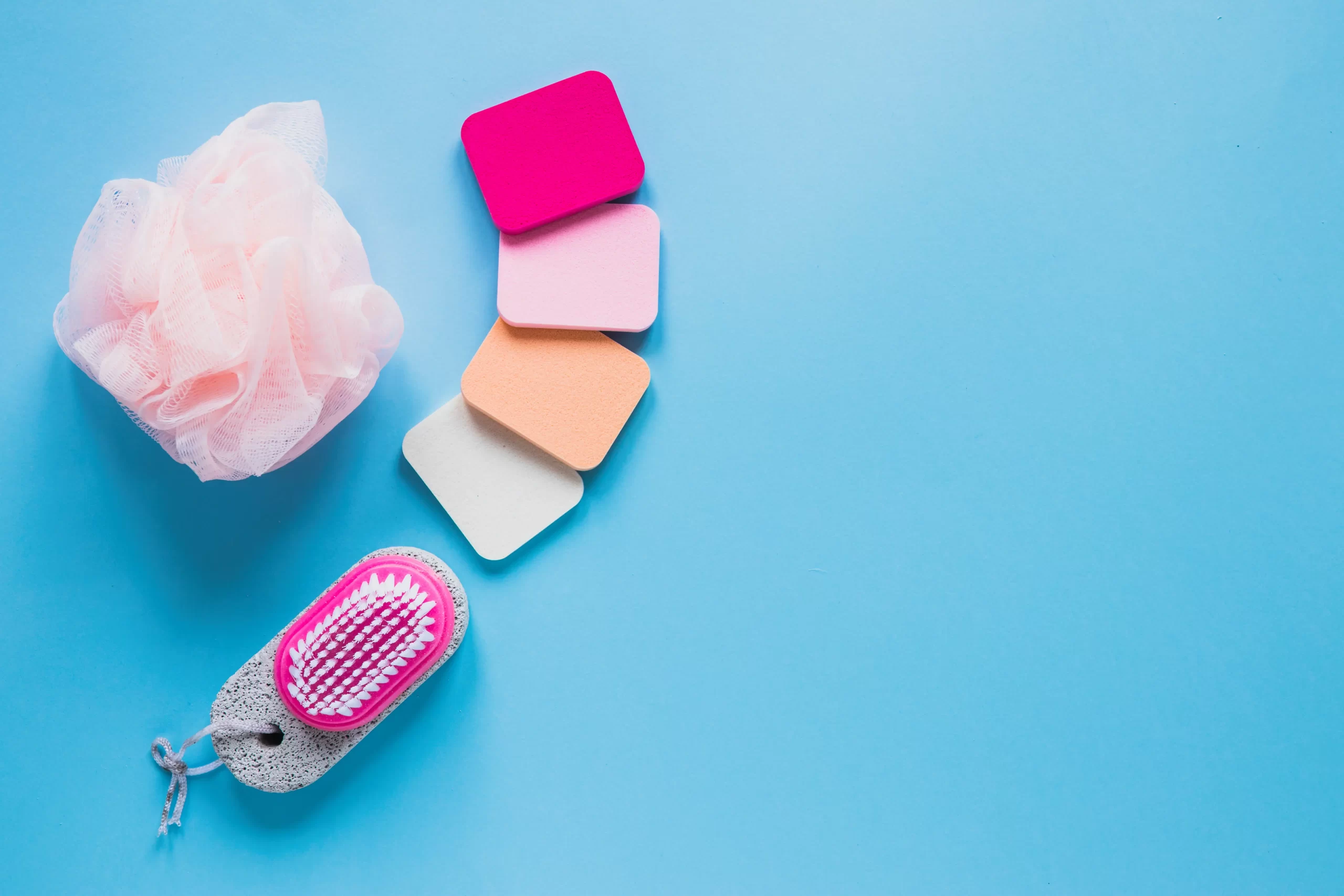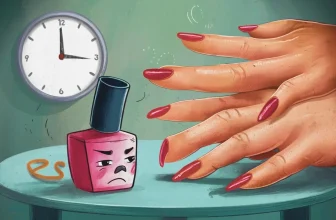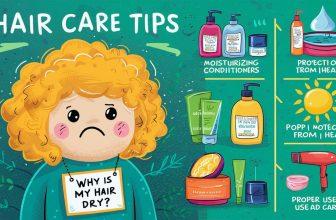How to Clean a Makeup Sponge Without Ruining It

Makeup sponges are now a need for every beauty aficionado. They deliver a flawless application and aid in producing the ideal, airbrushed finish. However, with repeated usage, cosmetic sponges can gather product buildup, grit, and germs, endangering the health of your skin in addition to impairing their performance. To keep a makeup sponge functional and how to clean a makeup sponge is effective. In this piece, we’ll walk you through a step-by-step procedure for safely cleaning your makeup sponge.
Why Cleaning Your Makeup Sponge Is Important?
It’s important to comprehend why routine cleaning of your makeup sponge is necessary before we go into the cleaning procedure. A dirty makeup sponge can harbor bacteria, leading to breakouts, skin irritation, and even infections. Moreover, product buildup on the sponge can hinder its ability to blend makeup seamlessly, resulting in patchy and uneven application. By cleaning your makeup sponge regularly, you ensure a hygienic makeup routine and prolong the life of your beloved beauty tool.
Understanding the Different Types of Cosmetic Sponges:
Not all cosmetic sponges are created equal, and to avoid damage, each type may call for somewhat different cleaning techniques. There are various makeup sponge materials available, such as beauty blenders, latex sponges, and silicone sponges. Here’s what you need to know about cleaning each type:
Beauty Blenders:
Typically, the material used to make beauty blenders is soft and porous, necessitating gentle cleaning. Avoid using harsh chemicals or abrasive cleaning tools to prevent damaging the sponge’s surface.
Latex Sponges:
Latex sponges are more porous than beauty blenders and can absorb more products.
Cleaning latex sponges may require a bit more effort to remove stubborn stains and residue.
Silicone Sponges:
Since silicone sponges are non-porous, they are less likely to harbor bacteria and are easier to clean. They can be wiped clean with a gentle cleanser or soap and water.
How to Clean Your Makeup Sponge in Steps
Now that we are aware of the significance of cleaning cosmetic sponges and the various varieties available, let’s look at the procedure step-by-step:
Preparing the Cleaning Solution
Gather the necessary cleaning materials
Before you start cleaning your makeup sponge, gather mild soap, baby shampoo, or a specialized sponge cleanser. Avoid using strong detergents or bleach, as they may damage the sponge’s material.
Dilute the cleaning solution
In a small bowl or container, dilute the cleaning solution with water. Ensure it forms a soapy mixture that is gentle on the sponge but effective in removing makeup residue.
Cleaning the Makeup Sponge
Wet the makeup sponge
Thoroughly wet the makeup sponge under running water. Make sure the sponge is fully saturated to allow the cleaning solution to penetrate effectively.
Apply the cleaning solution
Apply a small amount of the prepared cleaning solution to the sponge. Alternatively, you can apply the soap directly to the stained areas of the sponge.
Gently lather the sponge
With the cleaning solution on the sponge, gently lather it by squeezing and pressing the sponge repeatedly. This will create a foamy texture that helps dislodge makeup and dirt from the sponge’s surface.
Pay extra attention to stained areas
If there are particularly stubborn stains on the sponge, focus on gently rubbing and massaging those areas with the cleaning solution until they start to fade.
Rinsing and Repeating
Thoroughly rinse the sponge
Once the sponge is thoroughly lathered and cleaned, rinse it under running water until no soap or product residue remains. Continue squeezing and rinsing the sponge until the water runs clear.
Repeat the cleaning process if necessary
If your makeup sponge is heavily soiled or certain stains persist, don’t hesitate to repeat the cleaning process until the sponge is entirely clean.
Drying and Storing Your Makeup Sponge
Gently squeeze out excess water
After rinsing, use a clean towel to gently squeeze any remaining water from the sponge. The sponge should not be twisted because this will alter its shape.
Allow the sponge to air dry
Allow the makeup sponge to air dry entirely in a well-ventilated space. Placing it in direct sunlight or a damp environment may cause mold or bacterial growth.
Store the makeup sponge properly
Store your clean and dry makeup sponge in a clean container to protect it from dust and potential contaminants.
Additional Tips for Makeup Sponge Maintenance:
How often should you clean your makeup sponge?
Ideally, you have to wash your makeup sponge right away after each use. Regular cleaning prevents product buildup and keeps your makeup routine hygienic.
Signs that indicate its time to replace your makeup sponge:
Knowing when to replace your makeup sponge is crucial. Signs such as visible wear and tear, an unpleasant odor, or difficulty in cleaning may indicate it’s time for a new sponge.
Avoiding common mistakes that can ruin your makeup sponge:
Avoid using sharp objects to remove stains, as this can puncture or tear the sponge. Additionally, refrain from using extremely hot water, as it can damage the sponge’s material.
Cleaning your makeup sponge is a simple yet crucial step to maintain its effectiveness and ensure a clean makeup application. By following the step-by-step guide and considering the type of sponge you have, you can keep your beauty tool in pristine condition and enjoy flawless makeup looks with peace of mind. Therefore, the next time you take up your makeup sponge, bear in mind to clean it expertly to maintain the health and happiness of your skin.
FAQ’s
How often should I clean my makeup sponge?
It is recommended to clean your makeup sponge after every use. This practice prevents makeup residue from accumulating and ensures a fresh application each time. Regular cleaning also extends the lifespan of your makeup sponge.
What should I use to clean my makeup sponge?
You can use various cleaning solutions to clean your makeup sponge effectively. Mild soap, baby shampoo, or specialized sponge cleansers work well. Avoid using harsh chemicals or bleach, as they may damage the sponge's material.
Can I use a washing machine or microwave to clean my makeup sponge?
It is not recommended to clean your makeup sponge using a washing machine or microwave. The rough agitation in the washing machine and the high heat in the microwave can damage the sponge's structure and lead to ineffective cleaning.
How do I know if my makeup sponge needs to be replaced?
Several signs indicate it's time to replace your makeup sponge. It's time for a new sponge if you see obvious signs of wear and strain, such as cracks or tears in the sponge. An unpleasant odor even after cleaning or difficulty in removing stains are also indicators that it's time to invest in a fresh sponge.
Can I use alcohol to clean my makeup sponge?
While alcohol can effectively disinfect surfaces, it is not the best option for cleaning makeup sponges. Alcohol can be harsh on the sponge material and may cause it to break down over time. Stick to gentle soap or cleansers to clean your makeup sponge effectively.






